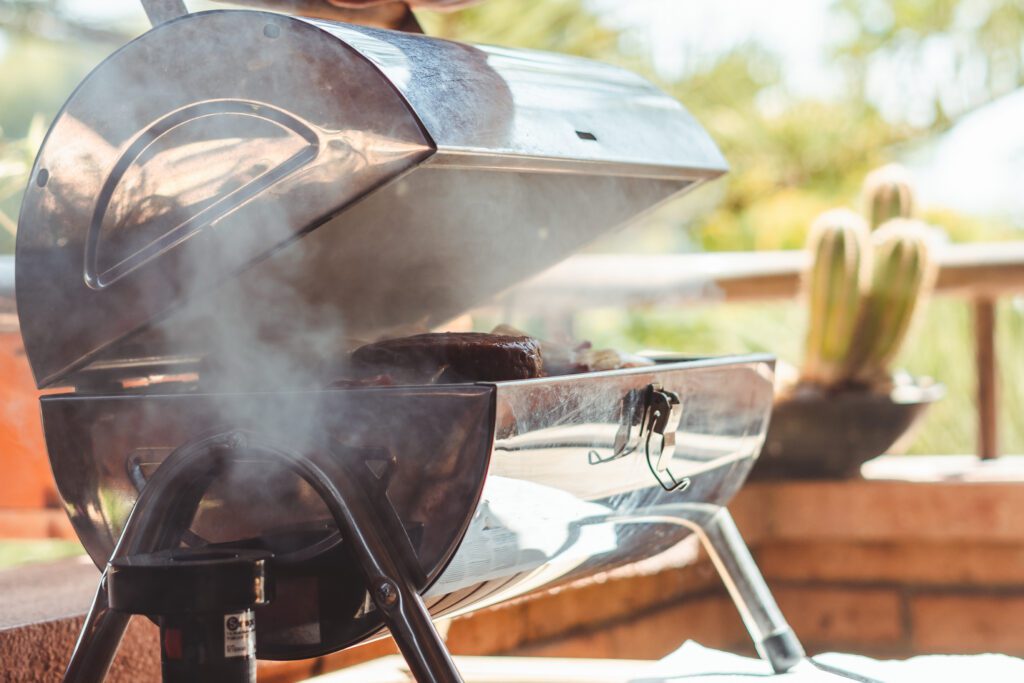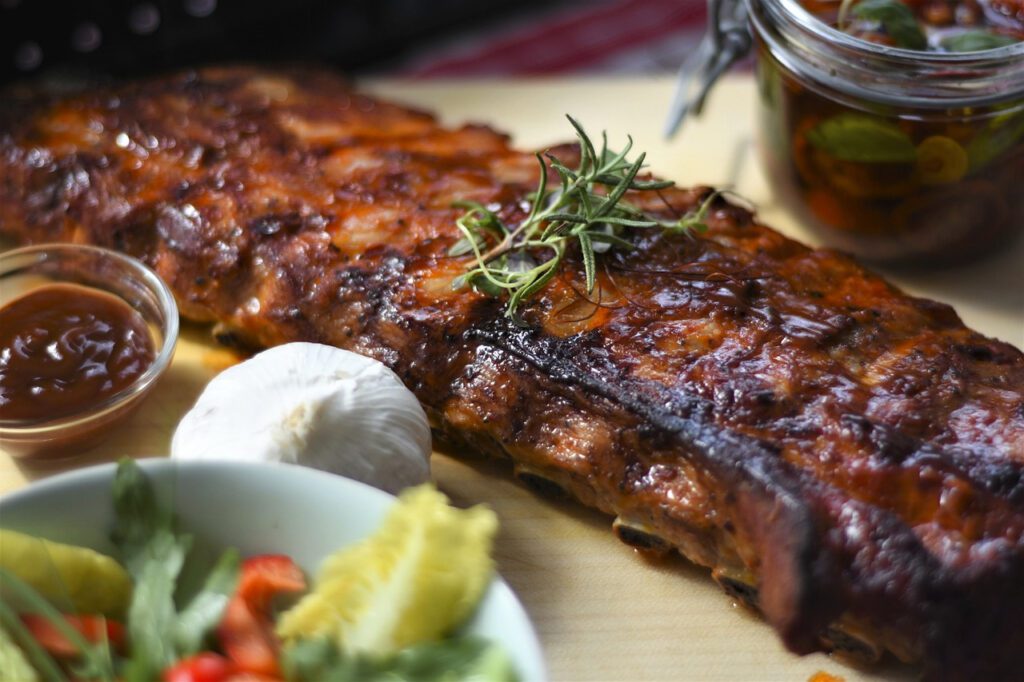BBQ method: Grilling or Smoking? Which is for You?
Hey there, fellow BBQ enthusiasts! It’s Vi, your foodie friend, spilling the beans (or should I say sauces?) on the ultimate debate: Grilling versus Smoking. Over the years, I’ve been asked which method I prefer and, honestly, it’s like choosing between chocolate and vanilla ice cream. Both have their perks!
What’s the Real Trick to Barbecuing?
We often hear about barbecuing, but many of us miss out on the intricate details that elevate it from mere cooking to a skill-based activity. If you’ve ever felt overwhelmed by the sizzling sounds or the myriad of BBQ equipment choices, don’t fret. Patience is the secret ingredient, and today I’m here to guide you through the two primary BBQ methods: grilling and smoking.

Grilling 101: What Do You Need to Know?
Which Grills Are Out There?
Before we get into the grilling details, it’s essential to understand the types of grills at your disposal:
- Charcoal Grill: Ideal for those who crave that authentic, smoky flavor and are budget-conscious.
- Gas Grill: For the quick and convenient BBQ sessions.
- Electric Grill: Perfect for apartment dwellers or those with limited outdoor space.
How Does Direct Grilling Differ from Indirect?
Direct grilling is all about that sizzle and sear, best for smaller cuts of meat like steaks, chicken breasts, or chops. With the heat directly underneath, you’re going to get a tasty char in no time.

On the other hand, indirect grilling feels a lot like baking. Your food isn’t directly over the heat, making it ideal for more delicate dishes or foods that need more time to cook without the direct flame’s fierceness.
Smoking: Is It Worth the Wait?
For those days when you’re feeling adventurous and have time on your side, smoking is your best friend. Think of it as the marathon of the BBQ world, slowly infusing your meat with a depth of flavor that’s hard to beat.
What Foods are Best Smoked?
Larger cuts, like roasts, hams, ribs, and briskets, thrive in the smoker. The key is to keep a consistent temperature, ideally between 200-225 degrees. Pro-tip: Getting the meat to an internal temp of about 165 degrees means you’re in for a treat, with flavors permeating every bite.
Choosing the Right Wood: Does It Matter?
Absolutely! Different woods impart different flavors, so you might want to play around a bit. From applewood’s subtle sweetness to the robustness of hickory, each wood adds a unique note to your dish.
To Sauce or Not to Sauce?
To me, the BBQ experience isn’t complete without a delectable sauce drizzled or slathered on. Depending on where you’re from, you might have a regional favorite. The tangy vinegar-based sauces are iconic in the Southern United States, while the tomato-rich ones reign supreme in the West.
However, timing is everything! Since most BBQ sauces are sugar-rich, I would suggest that it is best to add them during the final cooking stages to avoid a burnt, caramelized mess. Of course, if you are like me I love the caramelized mess; however, I am slightly weird!
So, dear readers, whether you’re team grilling or team smoking, remember that the heart of BBQ lies in experimentation, patience, and, of course, love. Until next time, happy barbecuing!
If you want to know more about BBQ, then check out Ten Things You Didn’t Know About BBQ.

